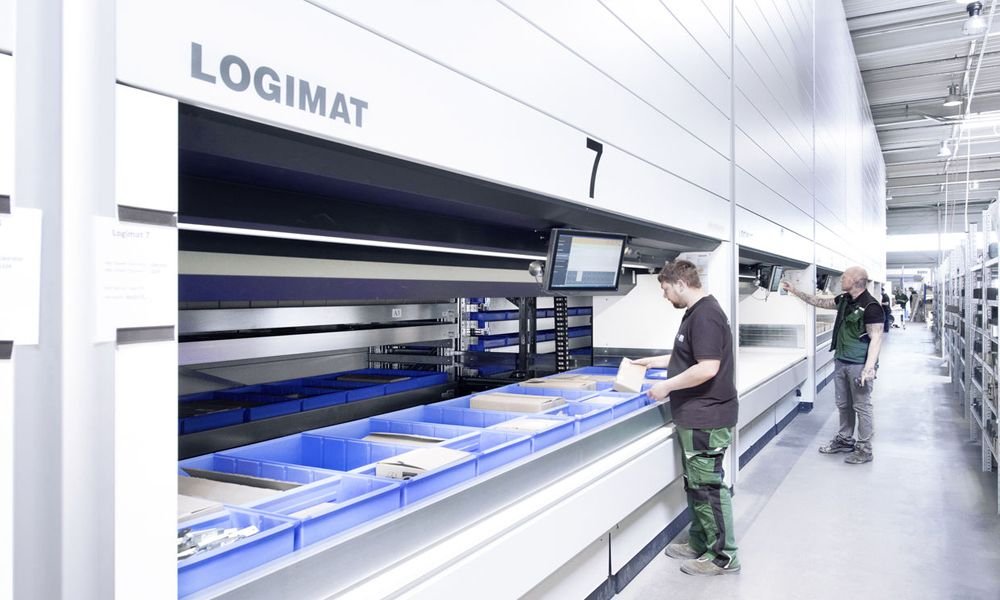A new version of ABB Ability Performance Optimization for hoists has been launched by global technology company ABB to meet the need for increased digitalization in the mining industry. The upgraded digital service enables condition based maintenance and a higher level of performance optimization through more sophisticated predictive analytics.
ABB Ability Performance Optimization for hoists 3.1 ensures early detection of hoist abnormality in operations and builds on previous versions to improve uptime, availability, performance and productivity of mine hoists by providing actionable information on key performance indicators (KPIs). Hosted on the ABB Ability™ Edgenius dashboard application, ABB Ability Performance Optimization for hoists enables quick analysis and insights into any plant operation.
The new version offers new KPI settings based on customer and ABB experts’ inputs. New KPIs can be set for service hoist availability, hoist cycle statistics, EMS statistics, brake caliper spring operation times, accumulator pre-charge pressure, deceleration variation, guide rope tension, creep distance and clutching time. Cyber security assessments and solutions for protecting customer data are included.
Predictive analysis of a mine hoist’s condition prevents operations from unexpected, time-consuming and costly shutdowns. Data is automatically collected, segregated and managed, then securely monitored and analyzed to generate actionable insights that can help increase production performance, identify safety hazards and provide optimized maintenance scheduling. ABB experts can analyze the data so that potential problems are identified before they occur, and necessary actions can be made at the right time. This improves the availability of the equipment and the overall safety of mining operations.
“ABB Ability Performance Optimization for hoists is a key solution and service for harnessing digitalization for optimum condition health, safety, productivity and to support the remote operation of mine hoists. This latest version creates an even more cyber secure bridge between information technology (IT) and operational technology (OT) for mine hoist customers. It is an improved product, offering better insights with more KPIs and enables faster response to failure detection through mail notifications,” said Bengt Hedlund, Global Service Manager Hoisting at ABB. “As the industry looks to make operations more environmentally sustainable, digital services which support remote operation, such ABB Ability Performance Optimization for hoists, can also play a major role in reducing CO2 emissions and removing the need for on-site service maintenance visits.”
ABB offers safe, optimized and fit-for-purpose hoisting solutions designed by mining engineering teams, and has more than 130 years of experience in hoisting with more than 1,000 hoisting solutions installed worldwide. Digitally connected with ABB Ability Performance Optimization for hoists, ABB hoisting solutions provides highest availability and productivity.





